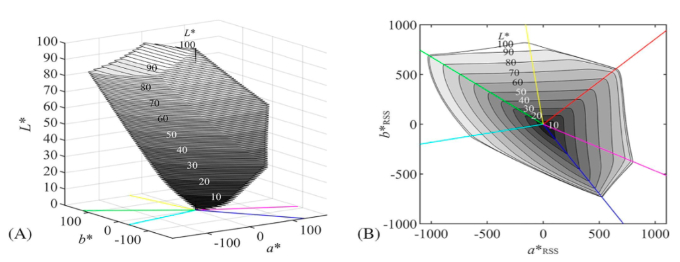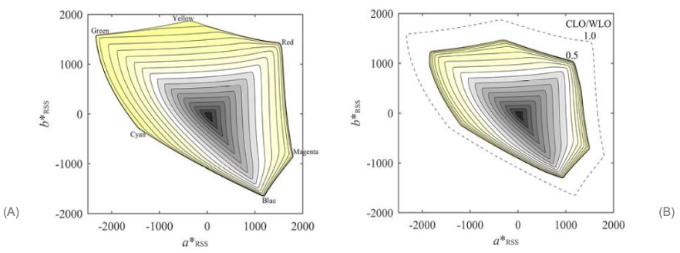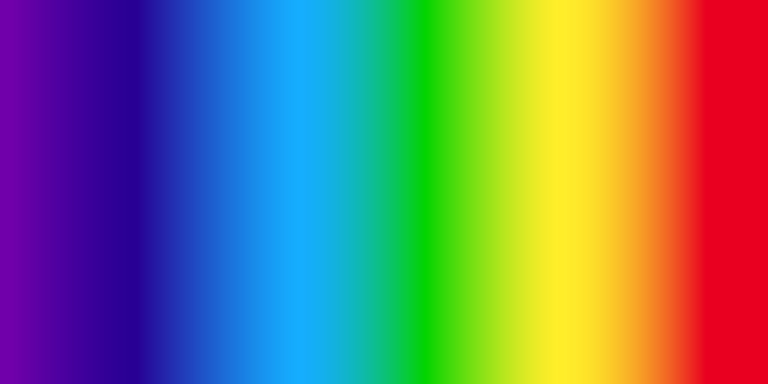

How to Measure Color Volume? A Quick Dive into Gamut Rings.
Display experts are adopting Gamut Rings to measure color volume. See how QD-OLED demonstrates a wider color gamut when compared to OLED(WRGB).
Display experts are adopting Gamut Rings
Developed by the NHK Institute of Science and Technology (STRL), “Gamut Rings” have a reproducible color range, which is a new way to visualize the color gamut for a color reproduction device as a two-dimensional (2D) diagram. The International Electrotechnical Commission (IEC), the International Committee for Display Metrology (ICDM), and the International Commission on Illumination (CIE) have adopted the Gamut Ring framework as an international standard in January, July and November 2021, respectively.

[Figure 1.] (A) Rec. 2020 gamut comprising 100 constant‐L* slices in the CIELAB color space
(B) the gamut rings for Rec. 2020 RGB standard
(* Source : Analysis of color volume of multi‐chromatic displays using gamut rings)
Gamut Rings can accurately represent 3D color gamut as a 2D diagram and is rendered according to the following procedure. The gamut solid (Figure 1.) is cut into evenly spaced pieces (L *). Then, each piece is stretched into pieces of lightness. The area corresponds to the volume of the piece. Gamut Rings are formed by placing one slice at the lowest brightness level and then successively placing other slices around the bottom slice. Angles from the center represent colors such as Red, Green, Blue (primary color) and Cyan, Magenta, Yellow (Secondary color). In Figure 2 (left), the image shows the color gamut at a peak luminance of 1,000 nits (QD-OLED). Areas where L* exceeds 100 are shown in yellow. The image on the right shows the color gamut (Conventional OLED (WRGB)) when the CLO/WLO ratio is 0.5, and QD-OLED has a wider color gamut than Conventional OLED (WRGB) because it has higher color saturation at high brightness levels.




14 thoughts on “How to Measure Color Volume? A Quick Dive into Gamut Rings.”
Comments are closed.